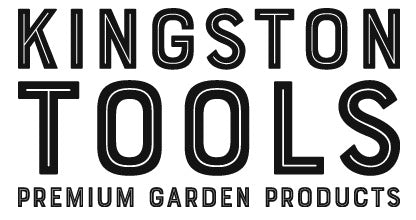Collection: Carboard Boxes
How to Use Cardboard Boxes for a No-Dig Garden – A Step-by-Step Guide
Our cardboard boxes are perfect for storage, packing products, or moving home—but did you know they’re also ideal for no-dig gardening? Whether you're looking to suppress weeds naturally, improve your soil, or start a new growing area, cardboard is a budget-friendly and eco-conscious solution. Follow our simple guide below to turn your garden into a thriving, low-maintenance space using cardboard.
✅ Why Use Cardboard in the Garden?
- Blocks light and kills off existing weeds
- Breaks down naturally to enrich soil
- Encourages earthworms and healthy microbial activity
- Saves time and energy—no digging required
🌱 Step-by-Step: Creating a No-Dig Garden with Cardboard Boxes
Step 1: Choose Your Site
Select an area in your garden where you want to grow vegetables, herbs, or flowers. It could be a patch of lawn, a weedy corner, or even bare soil.
Step 2: Flatten and Prepare the Cardboard
Use clean, uncoated cardboard only (like the packing boxes we supply at Kingston Tools). Remove any plastic tape, staples, or stickers. Flatten the boxes completely.
Step 3: Lay Down the Cardboard
Overlap the cardboard sheets generously—by at least 10 cm—to prevent weeds from sneaking through the gaps. Ensure full ground coverage.
Step 4: Wet the Cardboard
Soak the cardboard with a hose or watering can. Wet cardboard molds better to the ground and starts breaking down faster, helping it bond with the soil.
Step 5: Add a Layer of Organic Matter
Top the cardboard with a generous layer of mulch, such as:
-Compost
-Straw
-Grass clippings
-Leaf mould
-Well-rotted manure
Aim for 10–15 cm of mulch for best results.
Step 6: Plant and Grow
You can plant straight into the mulch layer or wait a few weeks until the cardboard softens. Perfect for planting seedlings, potatoes, or low-maintenance perennials.
